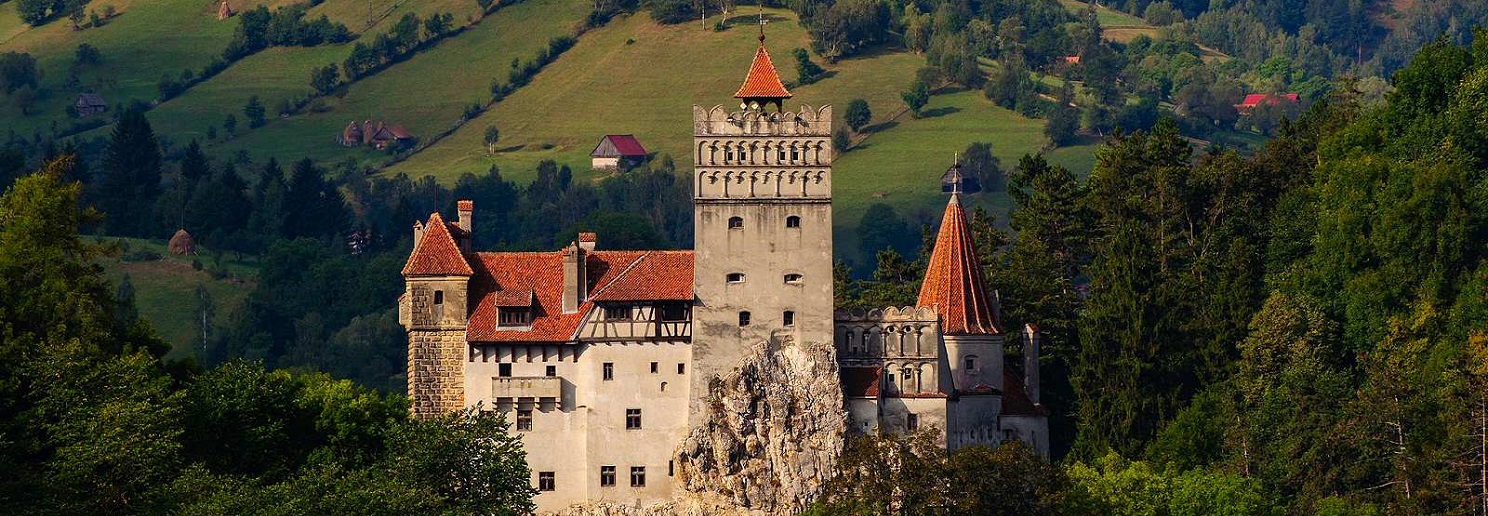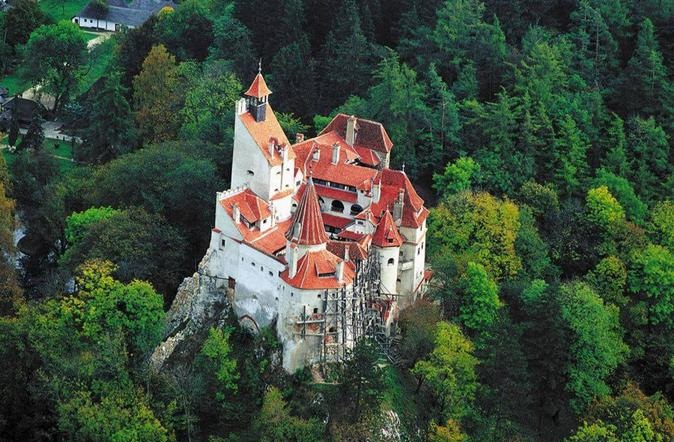Vlad the Impaler probably was among the first things you learned about Romania. And this is not surprising considering that the voivode of Wallachia was the source of inspiration of a fictional character in Dracula novel by the Irish writer Bram Stoker. Of course, history and fiction are two different things, but no one really knows where the legend ends and the history begins.
In order to understand better where this legend started, we should see what was the political context at that time.
After the death of the ruler Mircea I of Wallachia there were no less than 8 rulers at the throne. This political instability was a direct consequence of applying a principle of inheritance different from Western Europe. If the principle of primogenity (the firstborn inherit much of the wealth) functioned in the west, the hereditary-elective principle was applied in the Wallachia. This means that any successor of a ruler, legitimate or not, can crave to the throne. Of course, in this way, so many battles began.
Not a few times, some historical sources show that Vlad the Impaler had a much more dramatic way of killing their enemies, like skinned, boiled, decapitated, and, his favourite punishment, impalement. Hence his name. If we ask ourselves where this brutality comes from, we might find an answer if we see what happened to his family. Almost all of his relatives was tortured and assassinated.
The name of Dracula has a connection with his father, Vlad Dracul, who was a knight in the Order of the Dragon, a Knight order from Eastern Europe aimed at stopping the expansion of the Ottoman Empire. The Dragon Order’s Blaze was a dragon (Ottomans) and a cross (a sign of Christianity), and Vlad Dracul wore this symbol. His second son was Vlad II – Dracula, the A letter at the end being a way of establishing affiliation – Dracul(a), the son of the Vlad Dracul. Of course, there was only one step in linking his name with „the evil”. More than that, because of his cruelty, his opponents told him „devil”.
Along with the myth created around Vlad the Impaler, we can also refer here to another one: Bran Castle was the home of Dracula. There is no source to certify that the Vlad ever lived here. The foundations of the castle date back to 1225 when the Teutonic knights created here a wooden fortification. In 1377, the Chassis arrived on the Chair of Brasov and asked King Ludwig of Hungary to build a new fortress with their people and money. That’s how Bran Castle was born. Bran Castle is one of the special tourist attractions that you can find in Romania.
Famous for his intolerance and cruelty, Vlad was at the same time respected by his inferiors, especially for campaigning against the Turks. He was respected both as a warrior and as a voivode who did not tolerate injustice.
For Romanians, Vlad the Impaler remained the voivode during which you could drink water from the fountain of Targoviste Fortress with a large golden goblet without anyone stealing it (historical sources confirm the existence of this cup which was used until the day when Vlad Tepes died).
The Dracula legend has become the subject of over 750 films, documentaries or short stories inspired by the novel by the Irish writer. No matter how fascinated we may be of myths Dracula was and remains an fictional character, which can make us curious to explore even more the real history and also the folklore of Romania.
Ask your questions at: info[@]visit-romania.eu – please remove the square brackets

 English
English French
French







